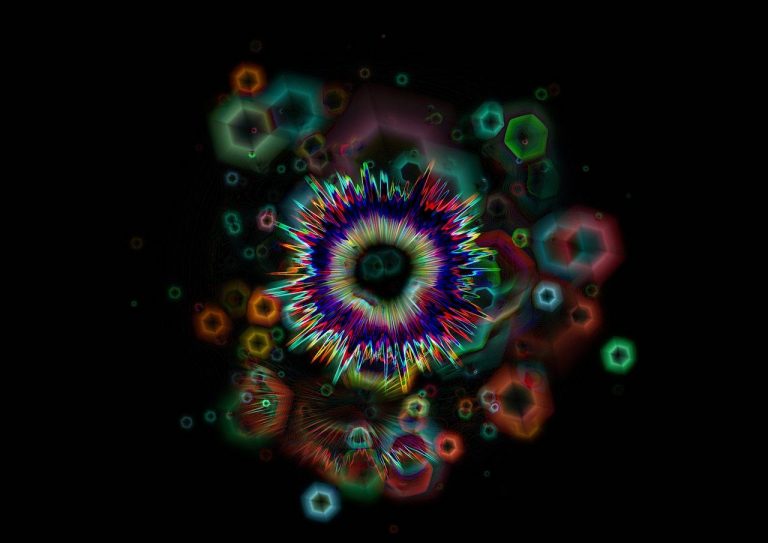We often talk about quantum physics, and many of us, if not all, at one time, strain your brain, trying to figure out what’s going on. But what may be even more bizarre than the strange and infinite integrals with complex mathematics that has developed over decades?
Contents
Facts about quantum physics
1. Opening of the Schrödinger equation
The differential equation of Schrödinger is well known to young chemists and physicists around the world. Briefly, the equation to describe the motion of electrons around the nucleus of a revolutionary way, and radically changed the look of the scientific community on the model of the atom, and the Schrödinger received the Nobel Prize for their discovery.
But the story behind this discovery, a little strange. At Christmas 1925 Schrödinger went to a place called Arosa in a small vacation. His relationship with his wife was at a record low, so he decided to invite an old friend from Vienna to keep him company. He also took with him some of the records of de Broglie. When he returned from vacation on Jan. 8, 1926, it announced the discovery of wave mechanics, the theory that describes the electron as a wave.
When asked, “How was your vacation, Professor?” He replied: “I was distracted by some calculations.”
2. It turns out that the mass – not what you think
We all thought that the mass – is the amount of matter that an object. Well, this is partly true. Unfortunately, the Higgs mechanism other thoughts on the matter. It is, in fact, turns our logic. Higgs mechanism interprets the mass of the particle according to how much the particle interacts with a specific field (the Higgs field, of course). Technically, everything in this world has no mass, yet it does not interact with this strange field. It is for this reason (and not because of her long absence on the monitors), the scientists call the Higgs boson ‘God particle. ”
To better explain this theory, David Miller addressed the crowd of politicians in a very simple analogy:
“Imagine a cocktail party of political party employees, which are evenly distributed around the room and talk to the closest colleagues. The room includes a former prime minister and moving around the room. All the staff with her attracted to her and accumulate around it. Since around her there is always a crowd of people, it is gaining greater weight than usual; i.e. it has more momentum and the same speed. As she moves, it is more difficult to stop, and when it stopped, it is more difficult to start moving again, because you need to restart the process of accumulation. In three dimensions, the complicated theory of relativity, this is the Higgs mechanism. “
3. Quantum mechanics allows you to be in two places at once
With one caveat: if you – a quantum particle. The Heisenberg uncertainty principle and Young’s double-slit experiment really offer us to imagine a new world; these laws have shown that rather than stay in one place, something to be a certain “likely” be a certain (x, y, z) position. Unfortunately, the uncertainty in these measurements have little effect on everyday objects, but when it comes to the electron, for example, scientists can identify areas in which electrons can be detected, but could not specify the exact position of an electron. This principle is also known as quantum superposition.
4. Schrodinger and his famous cat
Erwin Schrödinger be known among quantum chemists his revolutionary equation, but his name among mortals often brings to mind a cat. In response to the problem of the so-called Copenhagen interpretation of quantum mechanics, Schrodinger came to the country, but a very interesting thought experiment.
He presented a box that contains a live cat, a radioactive material, a hammer and a corrosive acid. If the radioactive material decays, it would lead to the fact that the hammer will fall on the container with the acid and break it, which in turn will lead to the death of the cat. But Schrodinger said that the chances of decay of radioactive material after exactly one hour is 50%. It is logical to assume that in an hour the cat is either alive or dead, and we can not determine this until you open the box. Himself Schroedinger concluded that, according to quantum mechanics, the cat is both alive and dead until the moment when we open the box and does not know his current condition.
Quantum mechanics was the most amazing area of science that literally turns the way we look at everyday things. Although the four examples above seem interesting and clear, one little quote by Richard Feynman sums up everything you need to know about the science: “I think I can safely say that nobody understands quantum mechanics.”

